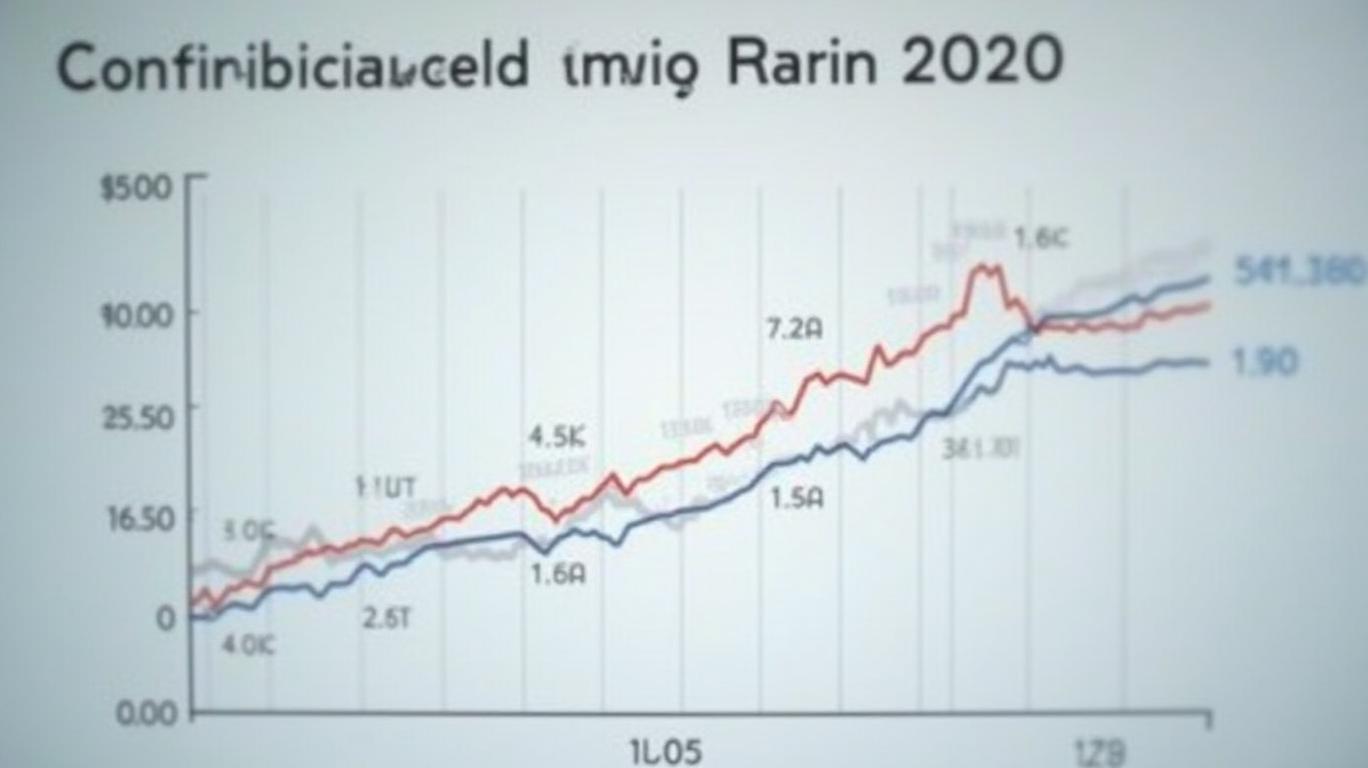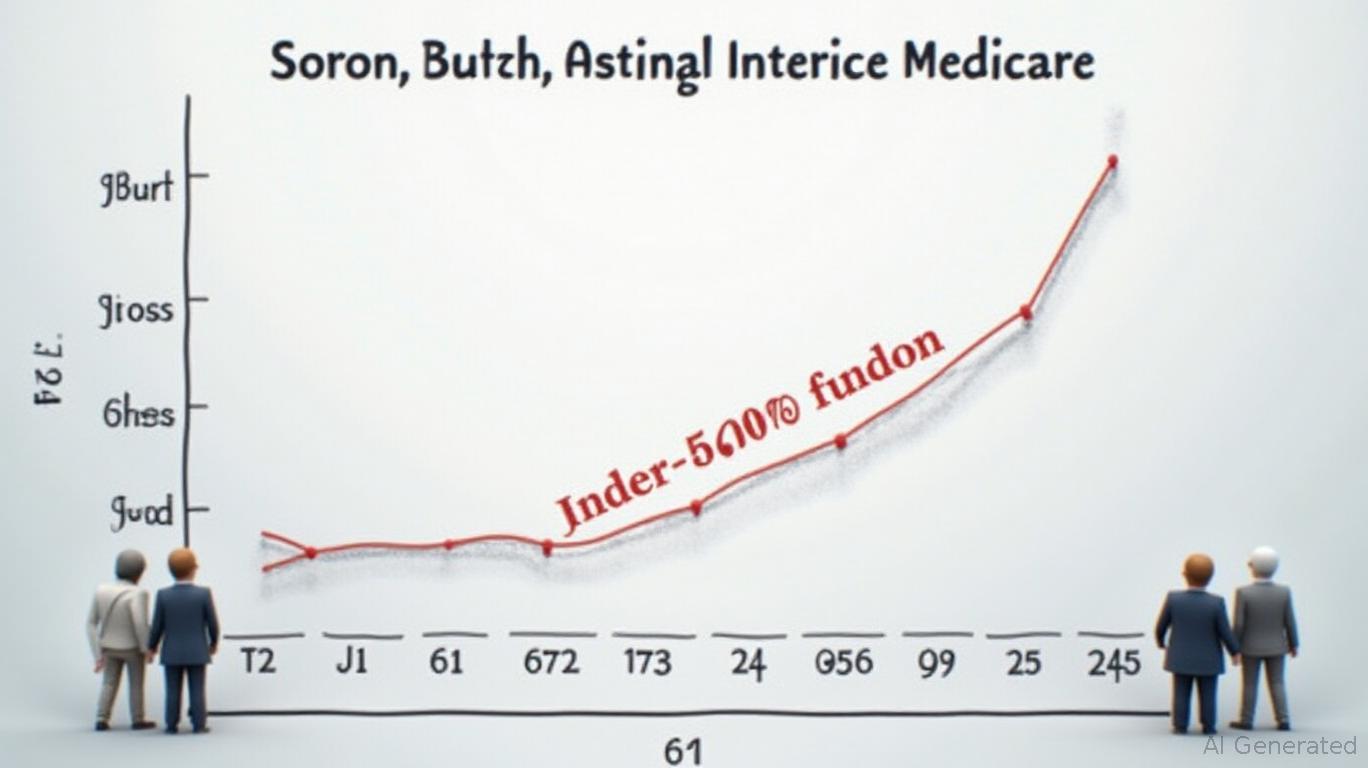The 60-Year Retirement Blueprint: Maximizing IRS Limits to Retire Rich in 2025
Retirement at age 60 is within reach—if you act now. The IRS has raised contribution limits for 2025, offering a clear roadmap to build a substantial nest egg. But success hinges on understanding these limits, leveraging catch-up contributions, and harnessing the power of compound growth. Let’s dissect the numbers and strategies to retire comfortably by 60.
1. The 401(k): Your Retirement Engine
The 401(k) remains the cornerstone of retirement savings. For 2025, the employee contribution limit rises to $23,500, up from $23,000 in 2024. This applies to traditional 401(k), 403(b), and governmental plans. But here’s the game-changer: workers aged 50+ can add a $7,500 catch-up, totaling $31,000 annually.
For those aged 60–63, the IRS offers an even bigger boost: a catch-up of $11,250, pushing total contributions to $34,750 per year. This is a rare, time-sensitive opportunity to accelerate savings in your final years before retirement.

2. IRAs: Building Flexibility
While IRAs have smaller contribution limits ($7,000 annually in 2025), they’re vital for diversifying retirement portfolios. The catch-up for those 50+ remains at $1,000, but phase-out ranges for Roth eligibility have expanded. Single filers earning up to $165,000 can still contribute fully to a Roth IRA, while married couples hit a $246,000 ceiling.
The Saver’s Credit also expanded in 2025, offering tax breaks for low- to moderate-income workers. For instance, a married couple filing jointly earning $79,000 or less can claim up to $2,000 in credits for retirement contributions.
3. The Math of Catching Up
Time is your ally—or enemy. Let’s say you’re 45, aiming to retire at 60 (15 years). If you max out a 401(k) at $34,750/year (including the 60–63 catch-up) and earn an 8% annual return, you’d accumulate roughly $993,000 by retirement. Add an IRA ($7,000/year), and that jumps to $1.26 million.
4. Strategic Moves for Late Starters
If you’re behind, focus on these tactics:
- Double-down on catch-ups: Use the 60–63 catch-up window aggressively.
- Roth conversions: Convert traditional IRA funds to a Roth to lock in tax-free growth.
- Side income: Supplement savings with high-yield CDs or dividend stocks.
5. The Hidden Pitfalls
Not all plans allow the higher 60–63 catch-up. Review your plan documents—some employers may cap contributions at the standard $7,500. Also, the $70,000 “annual additions” limit (total contributions from you and your employer) could restrict aggressive savers.
Conclusion: Retire at 60—It’s a Numbers Game
The IRS’s 2025 limits provide a clear path to retirement by 60, but only if you act decisively. A 40-year-old contributing the max to a 401(k) and IRA could amass over $1.5 million by age 60, assuming an 8% return. For context, the average Social Security benefit in 2025 is projected to be around $2,000/month—a stark contrast to self-funded retirement.
The key is to start early, exploit catch-up windows, and avoid complacency. With the right strategy, retiring at 60 isn’t a fantasy—it’s a math problem waiting to be solved.
In 2025, the tools are here. The question is: Will you use them?










